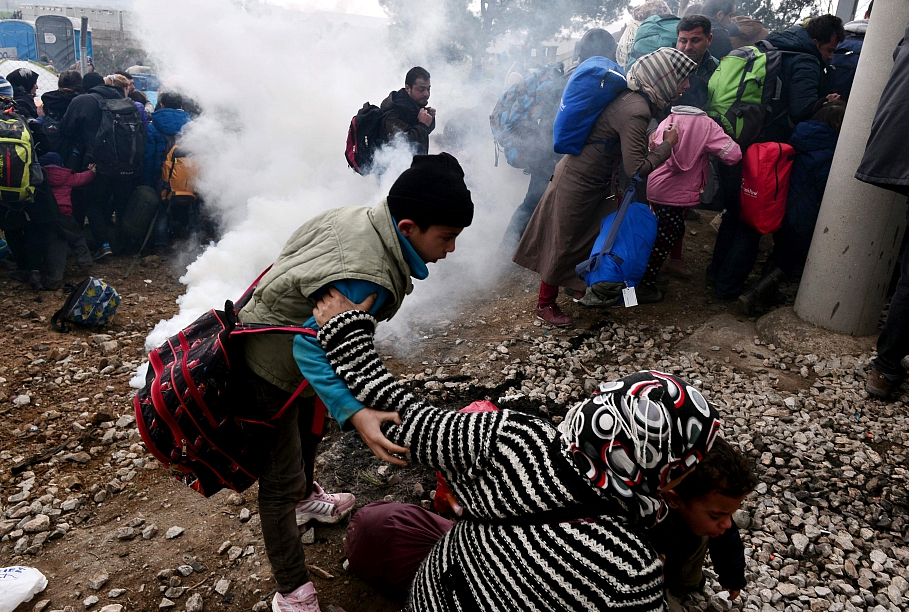In his speech he hailed Latvia’s rich traditions in organizing transit between Europe and Asia, albeit more so by sea in the past. But now the New Silk Road, as the overland trade corridor is historically called, is seeing increased cargo flows between China, in particular, and Europe, serving as a growing backbone for multimodal logistics solutions across Eurasia, the President said.
In its Presidency of the Council of the EU Latvia chose to accent the significance of the Eurasian transit corridor and encourage an all-encompassing discussion of its potential, Bērziņš said.
He welcomed the world’s leading transit and trade logistics enterprises also taking part in the informal summit hoping to coordinate new visions for organizing global transport flows with their public partners and urged all taking part to forge new ties while visiting Riga this week.
On his part Latvian Transport Minister Anrijs Matiss said that EU transport policy should not limit itself to internal ties with the bloc's closest neighbors but should rather follow a policy that would fully reflect globalization trends in cross-border supply chains, especially given that Europe and Asia are among the world's largest trade partners.
The Latvian minister noted that connectivity between Europe and Asia will be the main theme of the ASEM meeting, expected to lay the foundations for the New Silk Road.
European Commissioner for Transport and Mobility Violeta Bulc said at the opening of the ASEM transport ministers' meeting that providing efficient transportation connections between Asia and Europe will be a challenging task. Container shipments, sea traffic and passenger transportation have been showing growth in recent years, which is why it is necessary to ensure safe and efficient transport connections, she said.
One of the tasks would be to ensure a more efficient use of the existing transport infrastructure so that ships and trains were not running empty. Attention must be paid not only to infrastructure development, but also to closer cooperation on the administrative level.
"I hope we will have an open and active discussion so that we can move towards a vision of transcontinental transport," the EU commissioner said.
The two-day meeting of ASEM transport ministers, “Development of Euro-Asia Multimodal Transport Linkages – Status Quo and Blueprints for the Future”, is expected to focus on the development of land transport links between Europe and Asia, with special emphasis on multimodal shipments via transport corridors between Asia and Europe






























